Big news in the cryptocurrency world! This time the protagonist is not some big influencer but the real-life James Howells from the UK, a genuine "pioneer."
In 2009, he began mining with a broken laptop, almost becoming a billionaire! However, things did not go as planned; he threw away the hard drive containing the private keys for 8000 Bitcoins... Yes, you read that right, he threw it away! This pile of Bitcoins, calculated at current market prices, is worth a staggering 920 million dollars (about 7 billion RMB!).#加密市场反弹
This hard drive is not an ordinary hard drive; it contains private key information worth a fortune! Twelve years have passed, and James has tried everything to find it at the Newport landfill, but he ultimately decided to give up!
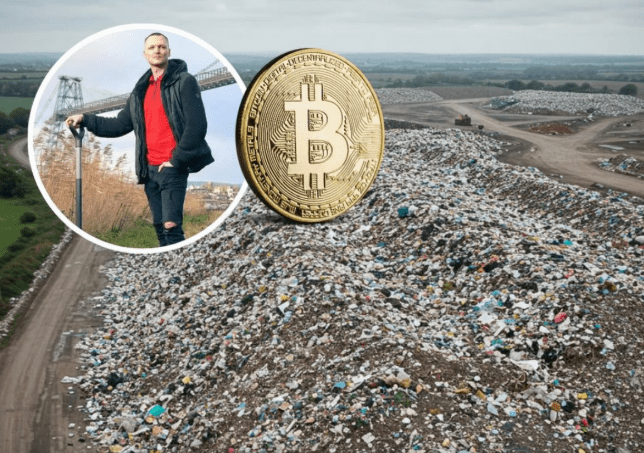
James's Bitcoin legend begins with a broken laptop 👶🖥️.
James was born in Newport, Wales; his mother worked in microchip manufacturing, and the house was filled with the smell of electronic components from a young age. In his youth, James assembled computers himself and engaged in technical activities.
In 2008, when BTC was just born, he was captivated. On February 15, 2009, James started mining with a Dell XPS laptop—at that time, there were only about five miners on the BTC network, and he was one of them.
But he didn't continue mining for long. His girlfriend complained about the laptop's loud noise and severe overheating, making the machine unusable. In 2010, he accidentally spilled lemonade on the computer, damaging it. After disassembling it, he sold or threw away the parts, but he did not dispose of the hard drive containing the private keys, which he put in a drawer.
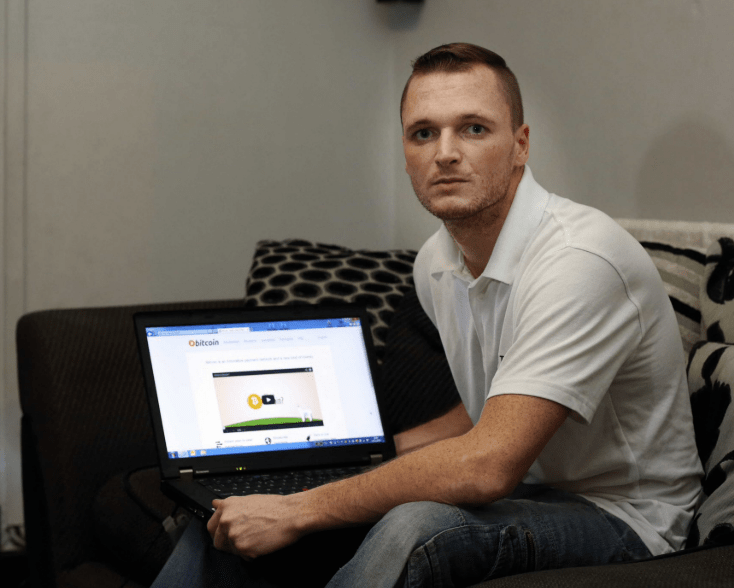
That hard drive became a "digital vault," but it was mistakenly thrown into the landfill 🗑️💣.
Between June 20 and August 10, 2013, Howells accidentally discarded the hard drive as waste. Howells later stated that it was his ex-girlfriend Hafina Eddy-Evans who sent the trash containing the hard drive to the landfill, but Eddy-Evans claimed that Howells had begged her to help dispose of these waste items, denying any fault on her part, while Howells expressed that he subconsciously believed she should be responsible.
Howells later recalled: "At that time, I didn't pay much attention to Bitcoin because I was distracted. Later, I had several children and started renovating my house, completely forgetting about Bitcoin until it reappeared in the news."
In November 2013, The Guardian reported that the hard drive was speculated to be buried about 0.9-1.5 meters underground at the Newport Docksway landfill, and Howells admitted in that interview that this BTC might be permanently lost.
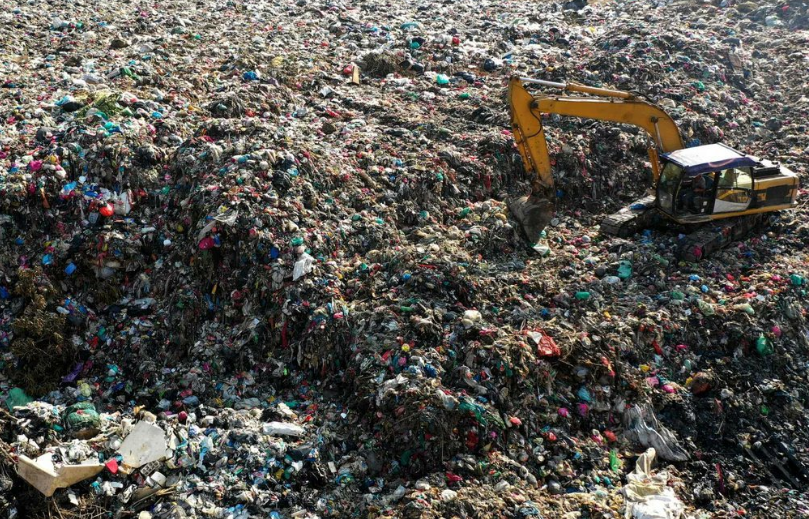
It is worth noting that the garbage accumulation in that landfill is staggering; the amount of garbage accumulated from August to November 2013 alone was 15,000 tons, and the total garbage at the site exceeds 1.4 million tons!
This means that the hard drive is buried deep beneath hundreds of thousands of tons of garbage, and the difficulty is easy to imagine. James later recalled that at the time he didn't take it seriously, being busy renovating his house and raising children, until the price of Bitcoin skyrocketed, he suddenly realized that this wealth was still lying in the landfill.
As the price of BTC skyrockets, James embarks on a crazy "landfill treasure hunt" journey 💰⛏️.
The price of BTC rose from a few hundred dollars in 2013 to over ten thousand dollars in 2024, even reaching tens of thousands, increasing in value by thousands of times.
James is determined to retrieve the hard drive since the value of 8000 BTC is almost at a life-winning level.
He applied to the Newport City Council to excavate in the landfill and retrieve the hard drive.
But... Parliament continuously rejected.
The reasons are both realistic and "official":
Digging in a landfill can severely damage the environment and ecology.
Heavy machinery is prone to damage in the corrosive environment of garbage, which poses significant risks.
The excavation costs are extremely high, possibly amounting to millions of pounds.
Even if they manage to dig it up, there is no guarantee that the hard drive can still read the data.
James proposed to donate 25% of this Bitcoin to the community in exchange for support, but it didn't help.
Never give up! With the help of cutting-edge technology, he plans to dig comprehensively with a high budget 🤖🚀.
James is not someone to back down easily; since ordinary digging won't work, he turned to "high technology"! He collaborated with investors to formulate a super detailed plan:
Using AI robotic arms to precisely scan the garbage pile in search of the hard drive.
Deploying drones to monitor the environmental conditions of the site, adjusting plans in a timely manner.
Using Boston Dynamics' robotic dog for security patrols to prevent illegal intrusions.
Assembling a professional environmental protection team to ensure that the excavation does not harm the ecology.
This set of plans has skyrocketed to a budget of 10 million pounds!
Additionally, James wants to use this money to create a community sustainable "green mining" facility, utilizing solar and wind energy to ensure the entire project is not just about "digging," but also brings local employment and environmental benefits.
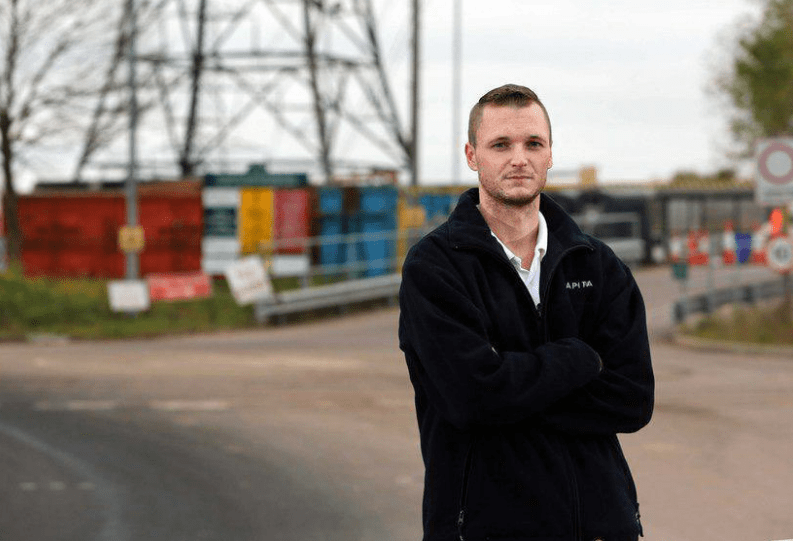
Stepping onto the legal battlefield, suing for 495 million pounds, ultimately losing the case ⚖️.
In 2023, James pursued legal avenues, requesting the council to open the landfill and preparing to file a claim for 495 million pounds.
But the court quickly ruled to dismiss, stating that the case "lacks reasonable basis" and has no chance of winning.
Regarding this ruling, James publicly expressed his "extreme disappointment," but he did not say he would concede.
Tokenizing as a "turnaround," if the hard drive is not found, will rely on innovative gameplay? 💭
Faced with the reality of not being able to retrieve the hard drive, James devised a "workaround" plan: to "tokenize" a portion of the 8000 Bitcoins and issue his own digital currency.
In May of this year, James Howells showcased on his personal X platform that he intended to turn 21% of the 8000 BTC into tokens, aiming to officially debut at the TOKEN 2049 conference in Singapore on October 1, hoping to raise 75 million dollars... It sounds very ambitious, but months have passed, and he has not mentioned this matter again; people in the circle feel this plan has cooled off—after all, everyone knows the hard drive has not been found, and the coins are likely to be a lost cause; raising 75 million dollars with "ghost coins" would be quite awkward.

But this morning, Howells released a new script: he plans to issue a token called Ceiniog Coin (code INI) with an astronomical quantity—800 billion units! He envisions an official release by the end of the year, with the coin's technical structure based on the Bitcoin network, utilizing the OP_RETURN protocol, and plans to integrate with trending projects like Stacks, Runes, and Ordinals. Each INI is anchored to one Satoshi (the smallest unit of Bitcoin) from the lost hard drive, which sounds quite appealing.
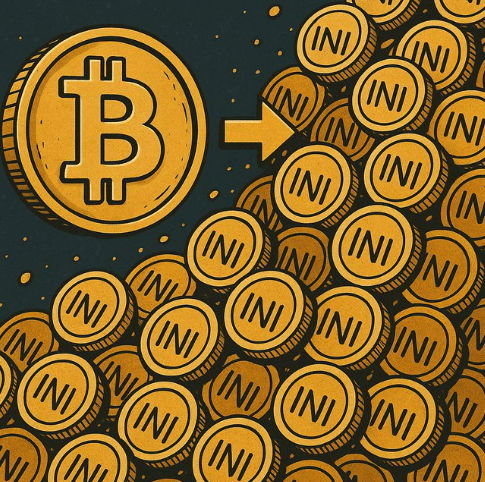
Howells also boldly declared: "To those 'senior gatekeepers' who have blocked me for over a decade, you can lock the doors and control the courts, but you can never stop the power of blockchain! Cryptocurrency has already won!"
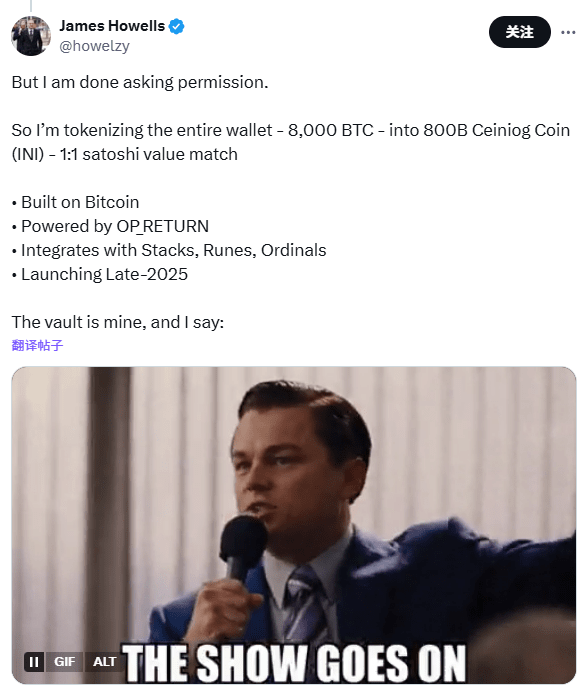
It sounds like a passionate declaration, but reality is harsh—if the hard drive is not found, the private keys are not available, and that 920 million dollar Bitcoin is merely a castle in the air. The INI token essentially has no real asset backing, raising concerns about the project's future.
Over the years, there have been quite a few stories of "lost coins" in the cryptocurrency world 🤦♂️.
James's story reminds us of many similar "digital asset loss legends":
Legendary figure Stefan Thomas lost a hard drive containing over 7000 Bitcoins, and after forgetting the password several times, he has only two chances left.
Numerous cases of "forgotten hardware wallet passwords" and "lost private keys" have resulted in tens of thousands of BTC entering a state of eternal "sleep."
Therefore, the consensus in the cryptocurrency world is: managing private keys is a lifeline; never lose or expose them.
Is there still hope for the future if the hard drive is not found? 👀
Is it possible to find the hard drive?
On a technical level, AI and machine vision technology are advancing rapidly; perhaps new technology in the future can more accurately identify small hard drives in garbage piles.
On a policy level, whether environmental laws and local government attitudes can be relaxed is still key.
James has not given up either, choosing to tokenize this "virtual asset" as a way of "finding another path."
Will there be a chance for a comeback in the future? Time will tell us the answer.
Why is this story particularly meaningful in the cryptocurrency world? 🔥
This is not just a personal tragedy; it is also a vivid case of "digital asset security" and "asset ownership" in the cryptocurrency circle.
The value of digital assets has skyrocketed, but the physical existence of those assets remains important.
Laws, environmental considerations, and social norms can influence the path to realizing digital assets.
The immutability and transparency of blockchain collide with the complex legal ecology of the real world.
The backing of tokens must be real and credible; otherwise, they are just "digital air coins."
Summary: The cost of digital gold; never throw your private keys in the trash!
The story of James Howells is a classic cautionary tale in the cryptocurrency world: the security of private keys is more precious than gold, and the constraints of reality, law, and environment are tougher than imagined.
This "landfill mining brother" reflects the reality that cryptocurrency investors and technology developers must face: digital assets are not just code, but also part of the law and the real world.
In the end, a word for everyone:
Your BTC and private keys should never be casually placed anywhere; losing them means "digital tombstones," and no matter how much money is involved, it cannot be recovered! 💀
What do you think about James giving up on the landfill treasure hunt and opting for tokenization? Feel free to discuss in the comment section! Perhaps a miner friend you know needs to hear this story as a reminder. 😉
The cryptocurrency world changes rapidly, with opportunities and risks coexisting. Learning to strategically enter and exit the market and protect the principal is essential for steady progress and wealth accumulation. ✍️
Remember to DYOR, manage risk well, and wish everyone a smooth start in the cryptocurrency world! 🌊
Like and share, follow me, and I will take you to interpret more cryptocurrency dynamics! Let's work hard together!
